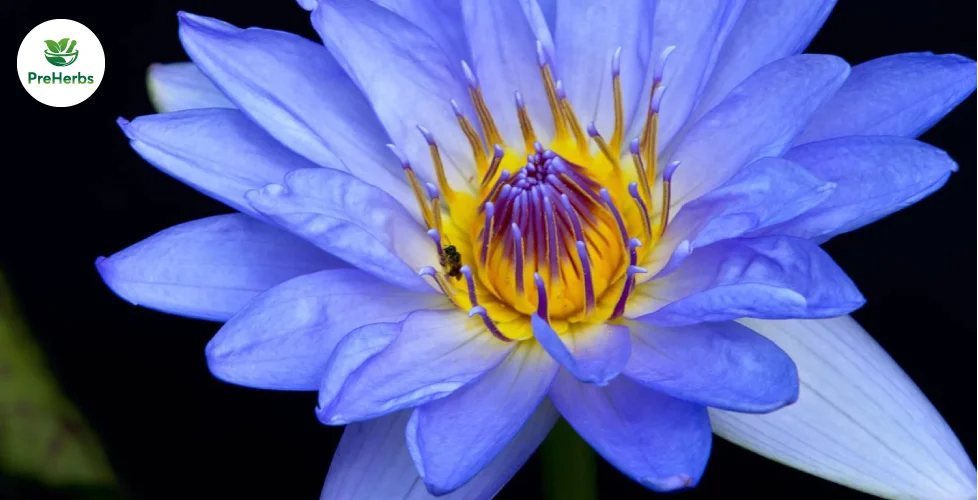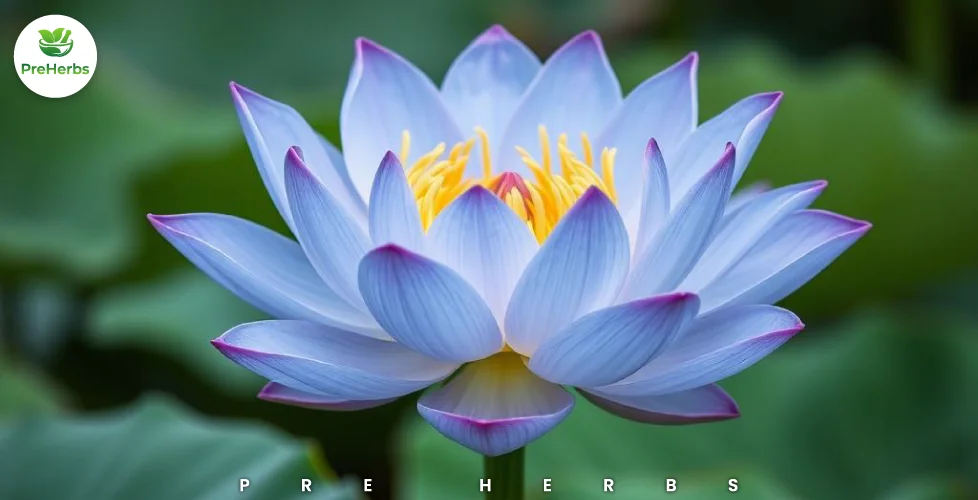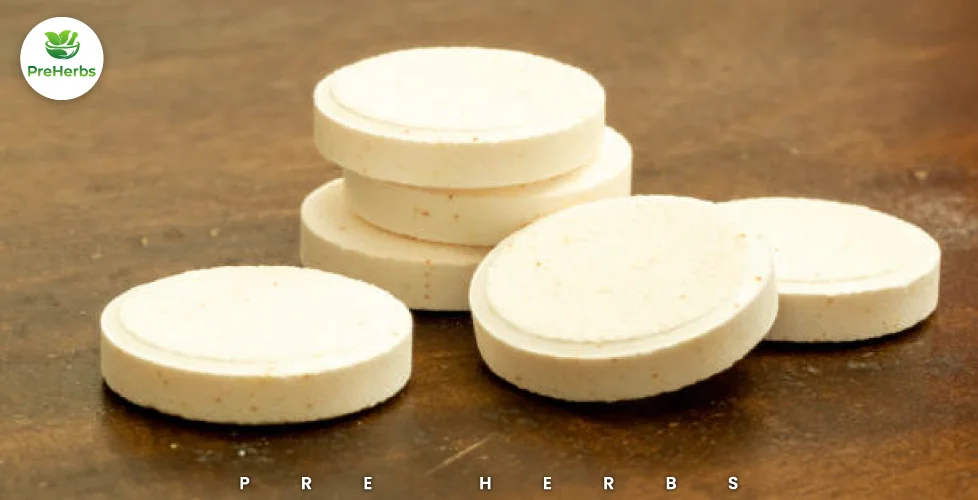What is a blue lotus?
Blue Lotus (Nymphaea caerulea), also known as Blue Water Lily, is a psychoactive botanical with a rich history spanning millennia. Originating from Egypt and regions of northern Africa, it thrived along the banks of the Nile River. While its native roots are in Africa, the Effects of Blue Lotus now flourish in various parts of the globe, including India and select areas of Asia. It is occasionally mistaken for the Sacred Lotus (Nelumbo nucifera), the revered national flower of India and Vietnam.
The ancient Egyptians held a deep understanding of the effects of Blue Lotus, integrating it into diverse aspects of their society. Revered for its aphrodisiac qualities and gentle psychedelic effects, it was among the earliest substances used for recreational purposes.
The presence of Blue Lotus in the imagery adorning ancient Egyptian tombs suggests a significant role in religious practices, likely due to its psychoactive properties. Depictions often show it alongside wine, hinting at its use in the creation of alcoholic beverages and herbal concoctions by the Egyptians.
Effects of Blue Lotus
The effects of Blue Lotus can vary based on dosage, method of consumption, and whether it’s used in combination with other substances like alcohol. Acting as an aphrodisiac, it can heighten sexual desire and enhance satisfaction. Additionally, it induces a euphoric and relaxing state, often leading to ease in falling asleep. With mild psychoactive properties, higher doses may even induce entheogenic or “spiritual” experiences. These diverse effects contribute to Blue Lotus’ continued popularity, both in modern times and throughout history.
Side Effects of Blue Lotus
Blue Lotus is associated with minimal side effects, particularly when consumed in moderate doses, posing a low risk of dependency. Users typically experience no hangovers or adverse effects post-consumption. In rare cases, individuals may encounter restlessness, hot flashes, or nervousness, predominantly after ingesting very high doses. It’s essential to adhere to the recommended dosages outlined in the product instructions.
How to Use Blue Lotus?
We’re not exactly sure how Ancient Egyptians used the plant, but plant remains found in tombs, it’s believed they used the flowers, buds, and maybe the seeds. They might have soaked them in wine. To use Blue Lotus traditionally, they probably boiled the flowers in water to make tea, which they drank on its own or mixed with wine.
You can also smoke Blue Lotus. Sometimes, you can find it added to legal smoke mixes online or in stores. However, it’s uncertain if using Blue Lotus this way as a recreational drug is effective. Since the plant was likely used with wine traditionally, combining it with alcohol might give the best results.
What is Blue Lotus Extract?
Blue Lotus comes in different forms for different uses. You can use the shredded leaves to make tea, smoke or vape them, or use them for aromatherapy. There’s also a Blue Lotus tincture and extract available, which are handy if you want to experience the full effects of the plant.
Blue Lotus extract is much stronger than the leaves. The Blue Lotus extract from Zamnesia is 20 times stronger and has a high concentration of active ingredients like aporphine and nuciferine. It’s easy to use the extract; you just mix the powder in hot water, tea, or wine, like how the Ancient Egyptians did.
Benefits of blue lotus for good wellness
Here are the benefits of blue lotus for good wellness, explained in simpler terms:
- Makes You Feel Romantic:
Blue lotus is like a natural love potion. It makes both men and women feel more passionate and can spice up your relationship.
- Helps with Period Troubles:
If you have problems during your period, like cramps or irregular periods, drinking tea made from blue lotus leaves can make you feel better.
- Eases Stress and Sadness:
Blue lotus relaxes you and makes you feel happy. It’s good for calming down and can even help with feeling down or anxious. It might also help you sleep better and concentrate more.
- Help with Diabetes:
Some parts of the blue lotus plant might help with diabetes by improving insulin production. It could also lower the risk of heart problems related to diabetes.
- Soothes Stomach Issues:
The roots of the blue lotus plant can help with tummy troubles like diarrhea or stomach aches. A special liquid made from blue lotus can also ease heartburn and nausea.
- Relieves Pain:
Blue lotus acts like a natural painkiller. It can help with mild-to-moderate pain and make your muscles feel less tense.
- Balances Fluids in the Body:
It helps keep the right number of fluids in your body and helps control how often you need to pee.
Blue Lotus Benefits for Better Skin and Hair

Blue Lotus is not just good for your health; it can also make your skin and hair look great. It has special stuff in it, like antioxidants, that can help make your skin and hair healthy. Also, people use Blue Lotus extract in massages because it’s good for their skin.
- It helps with greasy skin
If you put Blue Lotus on your skin, it can help balance how oily it is. This means it can make pimples and acne less likely by controlling how much oil your skin makes.
- Keeps Your Skin Moist
The seeds of the Blue Lotus can be used in creams and other skin products to make your skin less dry and itchy. This makes your skin feel better and look nicer, giving it a healthy shine.
- Natural hair treatment
Because Blue Lotus has good stuff in it and can keep your skin hydrated, it’s also good for your hair. If your hair is dry and dull, using a Blue Lotus solution regularly can make it soft, smooth, and shiny. It can also help repair damaged hair.
Does blue lotus help you sleep better?

If you have trouble sleeping or just want to make your sleep better, drinking blue lotus flower tea could help. If you drink it before bed, it can make you sleep more peacefully without waking up often. It works like a natural sleep medicine and is a good option instead of artificial ones.
Legal Status and Safety Considerations
The rules about Blue Lotus are different depending on where you are. In some places, it’s okay to grow, sell, and use Blue Lotus, but in others, there are rules about it. It’s important to know and follow the rules where you are.
It’s important to be safe when using any plant that can change how you feel. Blue Lotus is usually safe if you use it carefully and not too much. But there are a few things to be careful about:
- Dosage: Start with small amounts to gauge individual sensitivity and avoid potential side effects.
- Interactions: Be cautious of possible interactions with medications or other psychoactive substances.
- Pregnancy and Breastfeeding: Avoid use during pregnancy and breastfeeding due to a lack of research on its safety in these conditions.
- Side Effects: While rare, some may experience mild side effects such as nausea or headaches.
Adhering to these guidelines can help ensure a safe and positive experience with the Blue Lotus.
Conclusion
To summarize, Blue Lotus, an ancient herb cherished for millennia, has tremendous impacts on wellbeing. It originated in Egypt and had a wide range of qualities, including aphrodisiac and stress alleviation. While it has the potential to improve skincare and haircare, dosage and interactions should be carefully considered. Respecting its historical value and putting safety first guarantees a smooth integration into current wellness methods, complementing the human experience with its mystical power.



